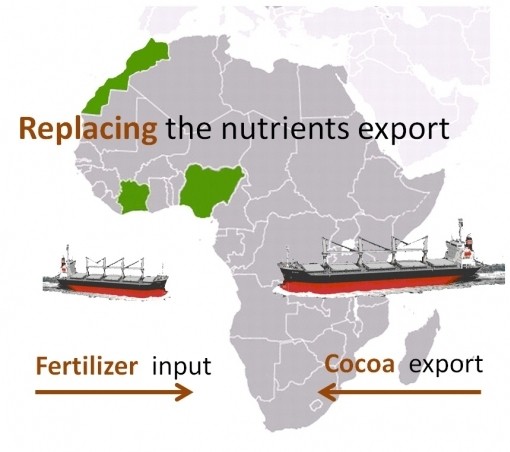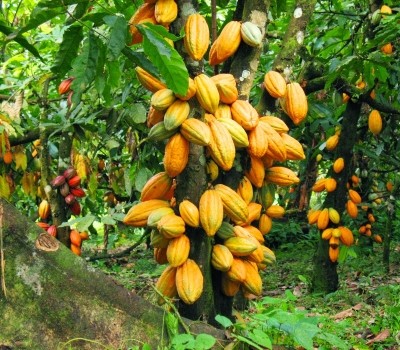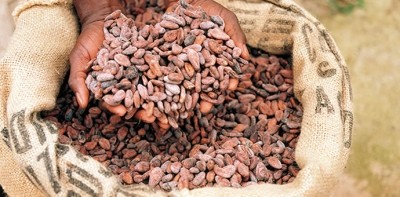Large fertilizer shipment to Ivory Coast expected to double cocoa yields

The Sustainable Trade Initiative (IDH) announced that the shipment of Moroccan company OCP’s Teractiv fertilizer arrived as part of a Fertilizer Initiative involving industry partners including ADM, Mars, Cargill, Barry Callebaut, Ferrero and Mondelez International.
IDH said that fertilizer can increase productivity from the 500 kg per ha up to 1,000 kg per ha in combination with good agricultural practices such as pesticide control.
Soil fertility exported with every ton of cocoa
“With each ton of cocoa that is exported, soil fertility is exported out of West Africa too,” said IDH in its release.
Around 300 kilos of fertilizer is needed for every 1,000 kilos of cocoa beans produced to restore fertility, said the organization.
“For example, in the 2010/2011 season, 450,000 tons of fertilizers were needed to compensate for the 1.5 million tons of cocoa produced, but only 40,000 tons/year were being consumed.”
Protecting forested areas
To keep pace with cocoa demand that is growing 2-3% each year production has historically moved into forested areas.
“Efficient use of fertilizer can help regenerate the fertility of Africa’s nutrient depleted soils, renew production in aging plantations, and halt the extension of cocoa growing areas into high conservation value zones such as forests,” said IDH.
The organization added that the 10,000 ton supply was not a one-off operation.
The International cocoa organization (ICCO) and chocolate giant Mars have previously predicted that demand for cocoa will outstrip supply by 1m metric tons by 2020, partly driven by increased chocolate demand from Asia.






